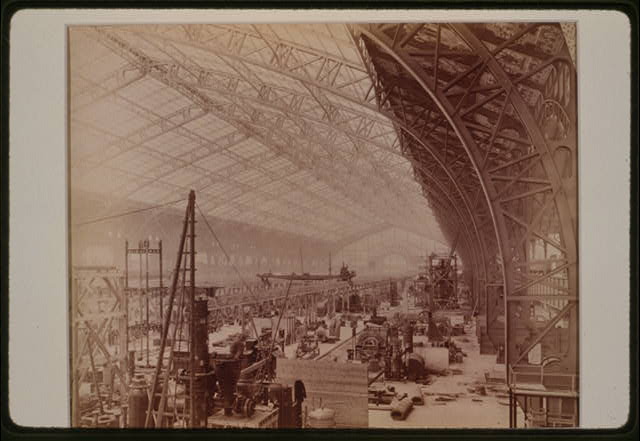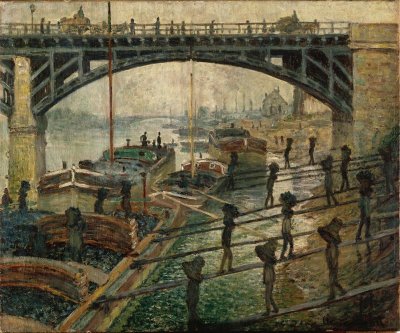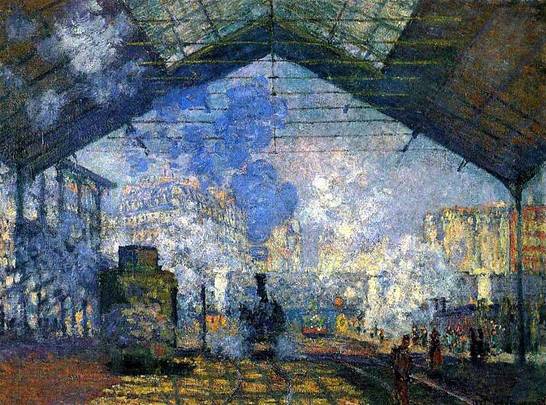Rosalind Williams, Dream Worlds
A Consumer Revolution
Although the concept of a consumer revolution is far less familiar than that of the industrial revolution, they are really two facets of a single upheaval that decisively altered the material basis of human life. Mass consumption inevitably accompanied mass production. A transformation of such magnitude cannot be dated precisely, but the tempo of change was at its swiftest in the nineteenth century. In France, the critical period runs from about 1850 to the outbreak of World War I. Between those dates there was for the first time a steady (if not unbroken) increase in purchasing power-the basic economic fact upon which all the rest depended. A Parisian worker who had 100 francs to spend in 1850 had the equivalent of 165 francs by the early years of the twentieth century. This increase in discretionary income meant that he was able to buy more staples like fuel, fabrics, and, above all, food. Even more significantly, Frenchmen could purchase more nonessentials. For example, they continued to eat about the same amount of potatoes and bread from 1850 to 1914 but consumed far more wine, meat, sugar, coffee, and cheese.
Fernand-Anne Piestre, called Fernand Cormon, The Forge (1893)

Installation of Hall of Industry, Paris Exhibition, 1889

